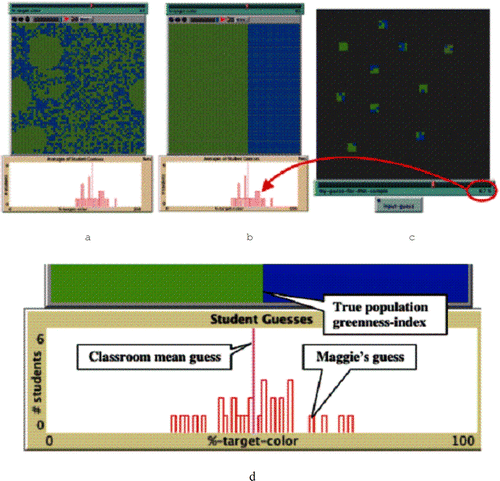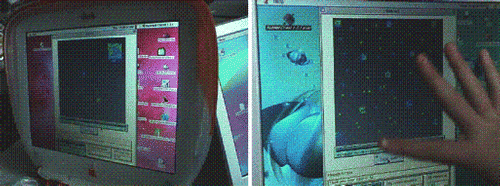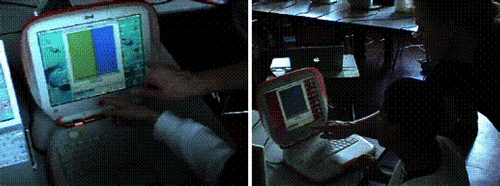Figures & data
Figure 1. This diagram illustrates the overall plan of ProbLab, a curricular unit in probability and statistics. The “9-block,” in the center of the figure, is the math-thematic object of this unit that helps students understand and connect theoretical and empirical probability and statistics. This paper focuses on the top-left space of this diagrams - the Combinations Tower that is a combinatorial-analysis classroom project - and discusses its connections to the unit.
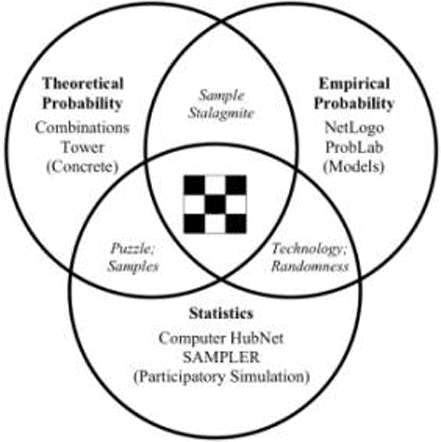
Figure 2. The 9-block ties together our designs for: (a) combinatorial analysis and theoretical probability (on left); (b) empirical probability (in the center); and (c) statitsics (on the right). On the left, Ms. Janusz and her 6th‐grade students stand by the combinations tower constructed from paper-and-crayon 9-blocks that they created and cut out of blank-grid worksheets. In the middle is a computer generated random 9-block. On the right are 9-block samples from a computer-based population of thousands of squares that are each either green or blue.
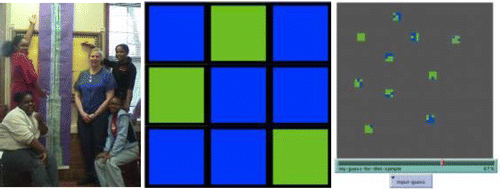
Figure 3. A combinations tower in the NetLogo probability experiment (the complete tower is on the left, and an enlarged fragment is on the right). The tower is the exhaustive combinatorial sample space of all 512 3-by-3 arrays in which each of the nine squares can be either green or blue.
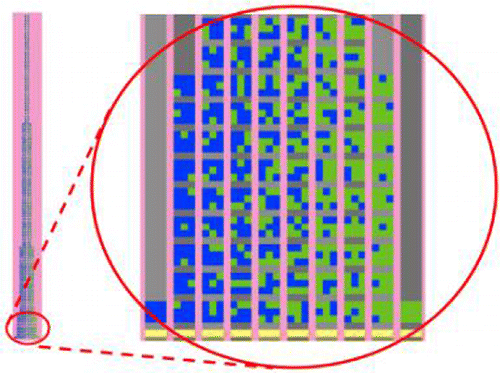
Figure 4. On top: In simulating an experiment in probability, a NetLogo interactive computer model generated 9-blocks randomly and plotted their cumulative distribution according to the number of green squares in each. As the simulation runs, the distribution tends in shape towrds the sample space from which random samples are chosen, that is, the combinations tower. On the bottom: This is a screenshot from the teacher's computer interface that is projected onto the classroom screen. On the left is the NetLogo model that produces an occurences distribution as it runs (empirical probability), and on the right is a picture of the combinations tower produced by another model and resembling the classroom combinations tower that students built (see also CitationAbrahamson (in press)).
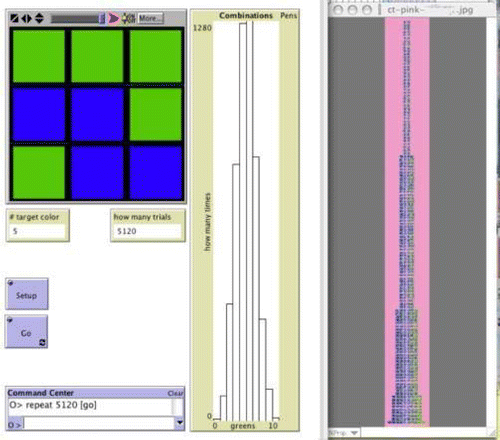
Figure 8. Students work on creating different combinations of the green-blue 9-block. They use personal methods that range and develop from explorative to rigorous.
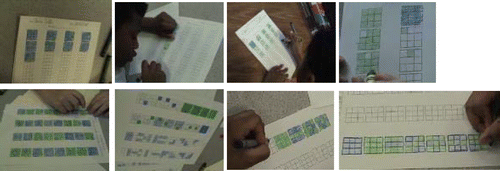
Figure 9. These are fifteen separate screenshots from the NetLogo model Stochastic Patchwork. The model generates such random combinations successively. The user can control the number of squares in the sample as well as the speed of the experiment and other parameters. In this particular run there happened to be a single repetition (the 3rd, 9th, and the 10th samples).
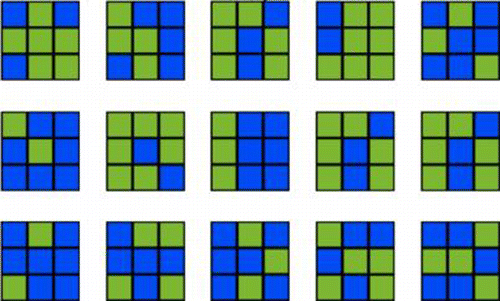
Figure 10. A table of combinatorial analysis that summarizes students' discoveries on the first day at the end of the double period. Students found that there are 36 different combinations with seven green squares (or two blue squares; see bottom right corner).
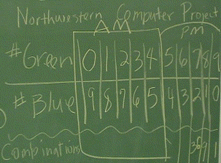
Figure 11. Student achievement on the second day is seen in this figure: on the left is the distribution table with all the values filled in correctly and on the right is the combination tower with three complete columns on each side and four central columns yet to be assembled and built.
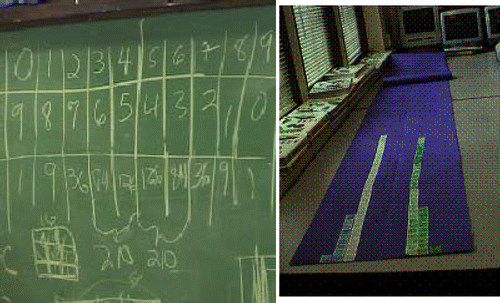
Figure 12. A student explaining why a probability experiment (on the left) produces a histogram that resembles the representation produced through combinatorial analysis (in the center).
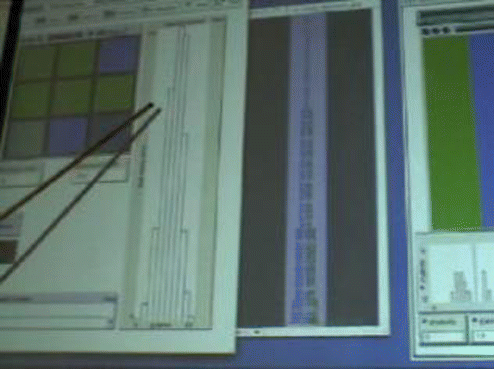
Figure 14. Four examples of student constructions of the 4-block combinatorial sample space. Over half of the studnets could build these combination towers and solve correctly a probability question concerning the chance of producing a 4-block with exactly 3 black squares.

